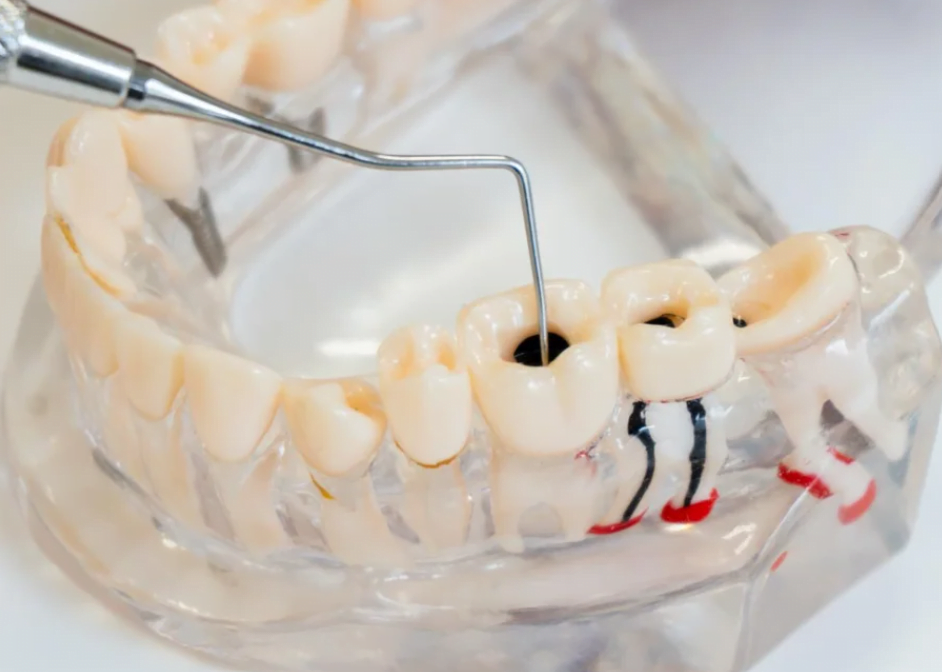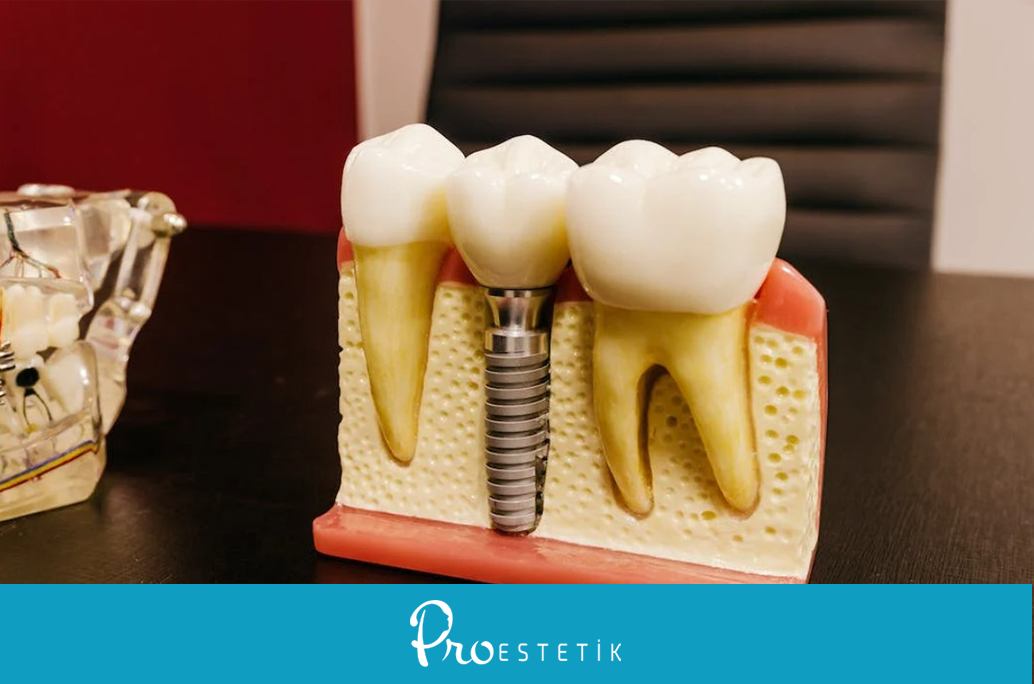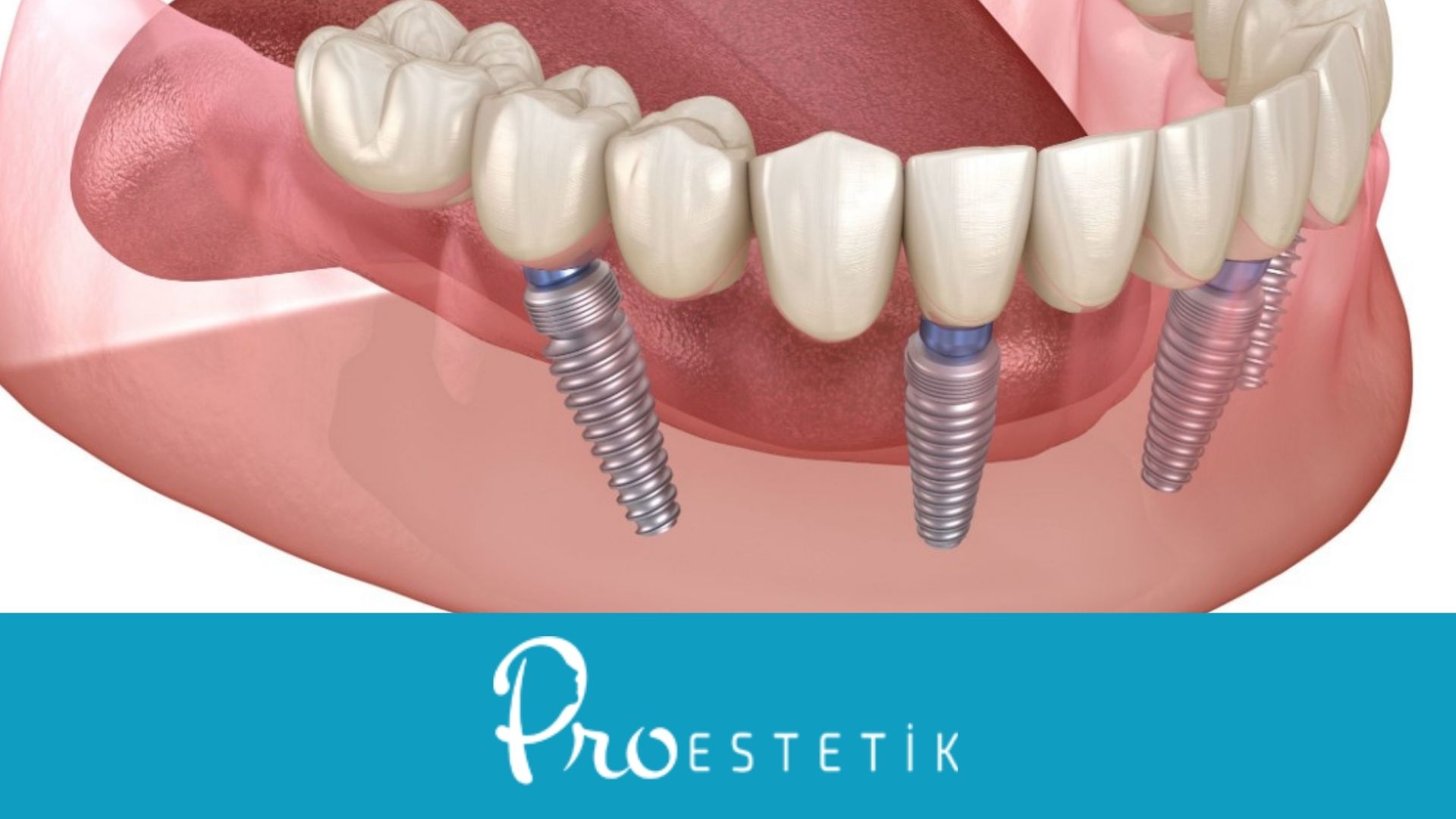Root canal treatment, medically known as endodontic treatment, is the process of removing the infected or damaged pulp (the inner part containing the nerves and blood vessels in the tooth), cleaning and refilling the emptied root canals. Root canal treatment is performed to save the decayed tooth of the individual and to protect their oral health. After the treatment, the pain in the tooth disappears completely, and it can be used as a natural one. Although it results in a high rate of success, root canal treatments can also fail for many different reasons. We will explain what are the symptoms of failed root canal treatment and what should be done afterward.
What Is Root Canal Treatment?
The living tissue in the tooth called pulp can be damaged or infected over time due to various reasons such as tooth decay or trauma. In cases where the tooth cannot be saved with dental fillings, root canal treatment is applied. The root canal is the treatment of cleaning the infected tooth by removing the pulp and then shaping the root canals and closing the cavity with a special filling material.
Root canal treatment prevents the patient from losing teeth. The treatment, which takes an average of 1 hour, is usually completed in one session, but it can also take two sessions depending on the patient's situation.
For more detailed information you can read: Root Canal Treatment
Symptoms of Failed Root Canal

It is essential to be aware of the failed root canal symptoms in order to take early precautions after the treatment. In today's world, many various treatments are applied for oral and dental health. Although the success rates of these treatments are high with today's technology, sometimes positive results cannot be obtained. In this case, some symptoms appear.
Symptoms of failed root canal treatment are;
- Felling long-term sensitivity: Sensitivity may be felt for a short time after root canal treatment. This is perfectly natural. However, if the tooth still feels sensitive to hot and cold even after some time has passed since the treatment, the treatment may have failed. Some patients have very narrow or curved tooth canals. In such cases, one or more tooth canals may be missed and the treatment may be unsuccessful.
- Severe pain: It is also normal to feel pain after a root canal. Again, if the pain does not subside and becomes increasingly severe, the root canal treatment may have been unsuccessful. Root inflammation with root canal treatment causes severe pain.
- Change in tooth color: If there is a significant change in the color of the treated tooth, root canal treatment may be considered to have failed.
- Swelling and redness: Swelling and redness around the gums are also among the symptoms of failed root canal treatment.
We have explained in detail how to detect failed root canal treatment. When you notice the symptoms mentioned above, you should contact your dentist immediately.
You can read: Inlays and Onlays
Reasons for Failed Root Canal

Root canal treatment is an effective dental treatment with successful results. However, in some cases, the treatment may fail. We can summarize the reasons for unsuccessful root canal treatment as follows;
- Missed canals: We mentioned that some patients may have very narrow or curved root canals. In such cases, missed canals cause the infection in the tooth to be untreated and the treatment to fail.
- Late treatment: Root canal treatments may fail when the infection keeps damaging the tooth because of the delayed treatment.
- Failure to place a dental crown: After some root canal treatments, the treatment is completed with a dental crown. When crown treatment is delayed, bacteria can penetrate the tooth again and make the treatment unsuccessful.
- Recurrent infection: Infections in the tooth may recur after treatment, and cause the treatment to be failed.
- Trauma: Trauma after root canal treatment can cause the tooth to be damaged again and the treatment to be repeated.
Root Canal Post-Treatment Care
We have explained the symptoms of failed root canal treatment. Now, we will talk about the points you should pay attention to after treatment to minimize the possibility of treatment failure and minimize the occurrence of pain after it;
- Do not consume food and drink for the first 3 hours after treatment due to local anesthesia.
- The most important point to be considered in two-session root canal treatments is not to use the canalized tooth too often between treatments.
- Use the medications given by the dentist regularly and completely.
- Do not consume very cold and hot things for the first few days.
- Brush your teeth twice a day and do not neglect flossing.
- Do not neglect doctor checks.
What To Do When A Root Canal Fails

When root canal treatment fails, the most appropriate alternative method is used to complete the treatment. After the unsuccessful treatment, one of the following methods is usually applied;
- Second root canal: If the failure of the root canal treatment is due to some canals being missed, a second root canal treatment can be performed. This time, the treatment is reviewed and the dentist thoroughly cleans and fills the root canals.
- Apical Resection: If the condition of the tooth is not suitable for a second root canal treatment, apical resection is performed. In this surgical procedure, the infected tissues at the root tip of the tooth are removed and the root canals are filled.
- Tooth extraction: If the root canal has failed and the tooth is too damaged to be saved, tooth extraction is performed. This procedure prevents damage to the surrounding tissues.
You can contact us for more detailed information about failed root canal.

 English
English Turkish
Turkish Deutsch
Deutsch العربية
العربية![[:en]Failed Root Canal: Symptoms and Treatment Options[:] failed root canal](https://proestetik.com.tr/wp-content/uploads/2023/07/failed-root-canal.png)










